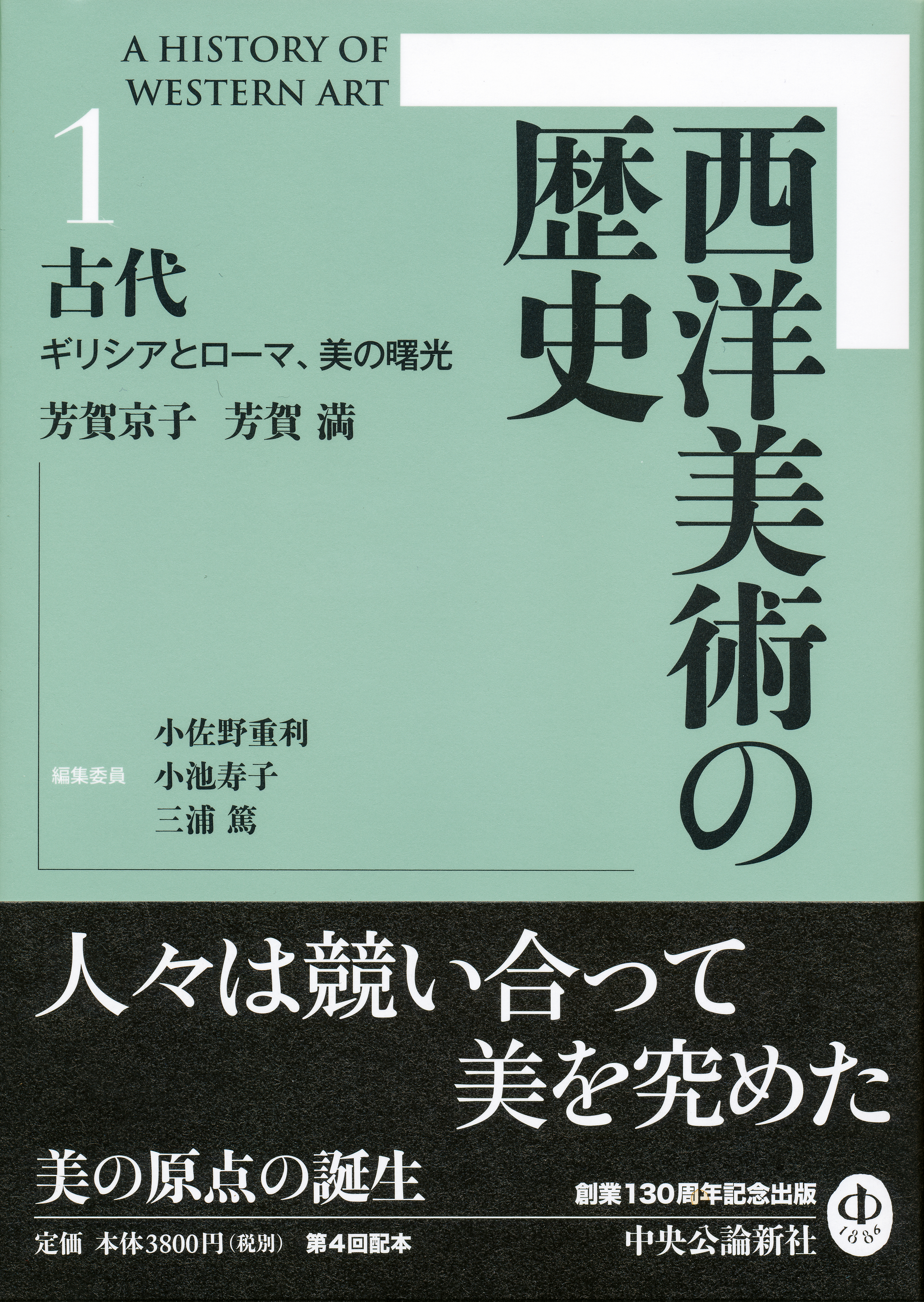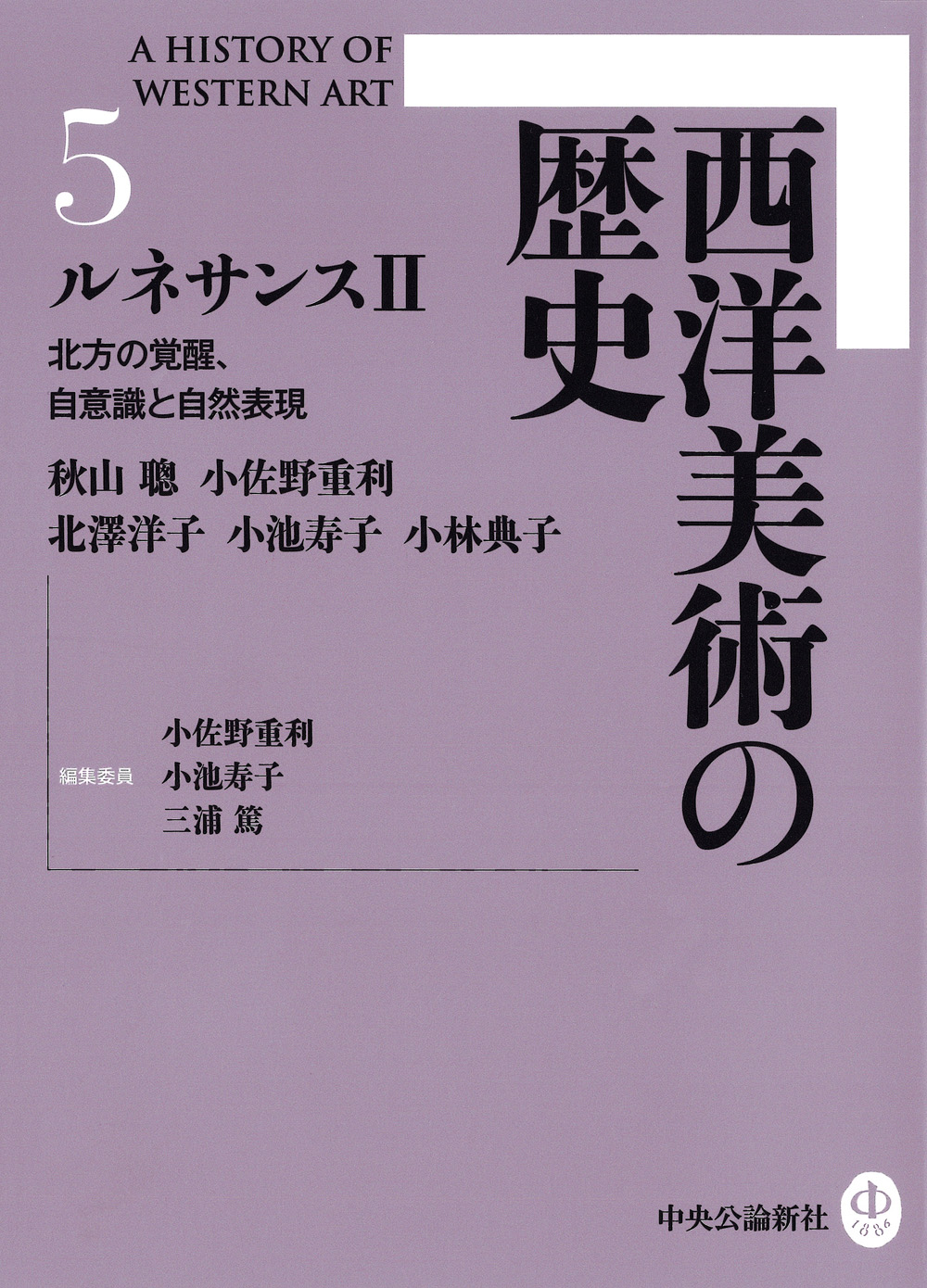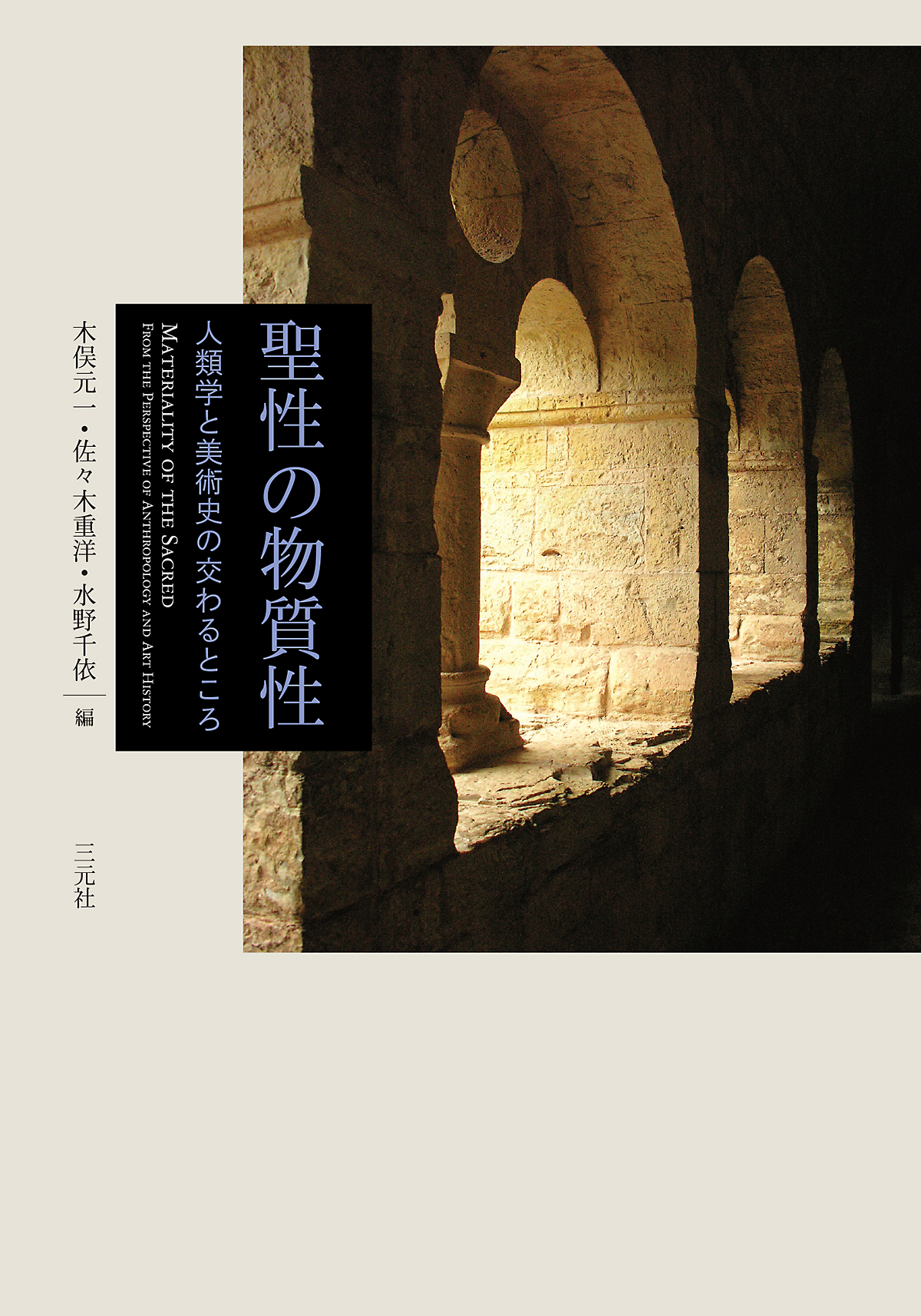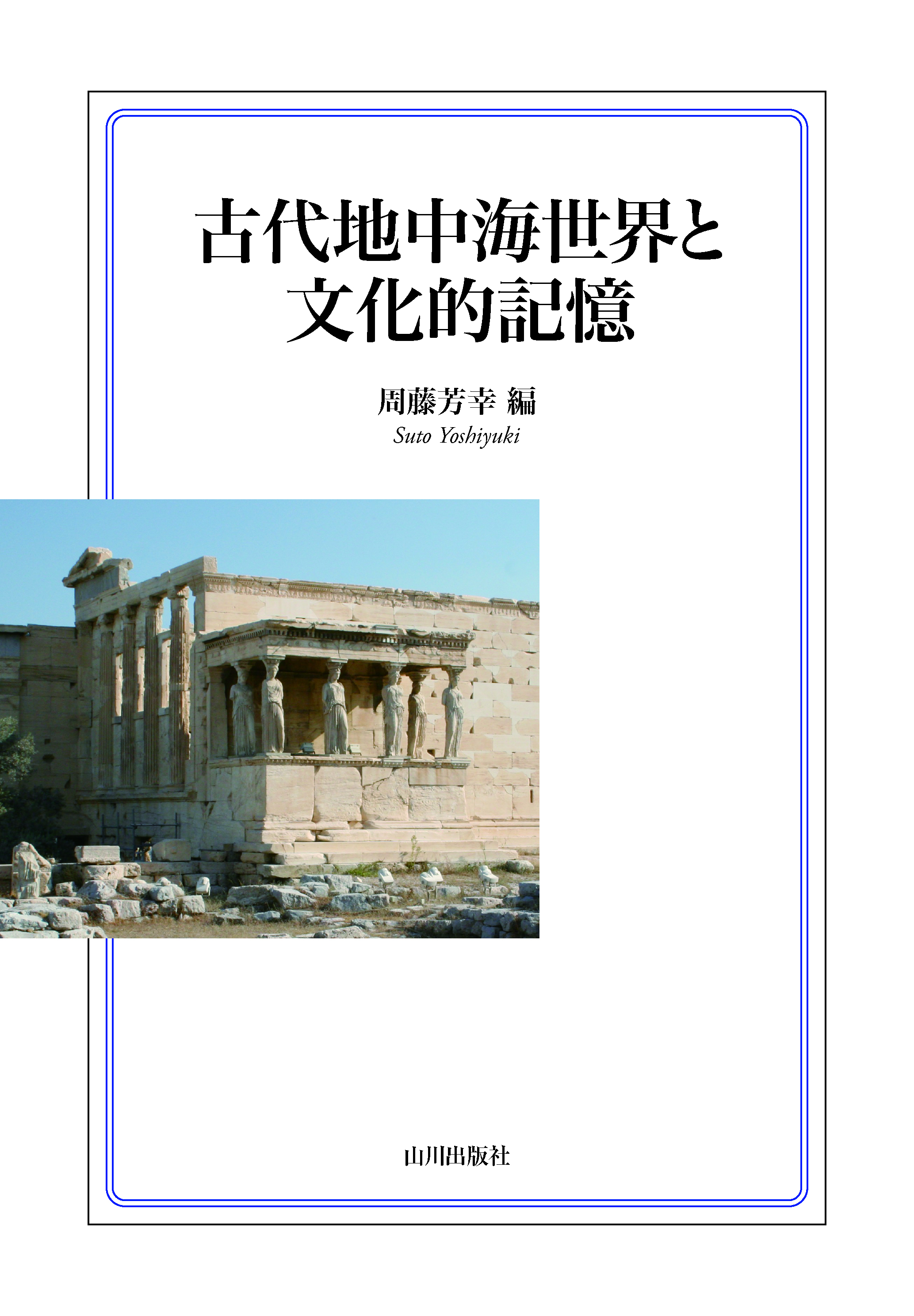
Title
Seiyō Bijutsu no Rekishi 1, Kodai (History of Western Art, 1, Antiquity: Greece and Rome, Dawn of Beauty)
Size
632 pages, B6 format
Language
Japanese
Released
January 31, 2017
ISBN
978-4-12-403591-9
Published by
Chuokoron-Shinsha Inc.
Book Info
See Book Availability at Library
Japanese Page
When Greek and Roman art is mentioned, do you think first of the emotionally powerful “ideal beauty in Greek art” or of a more traditional concept such as “the origins of Western art”? While both of these interpretations are valid, they focus only on part of the dynamic history of ancient Greek and Roman art that extends over 1,500 years, adopting the perspective of Western modern civilizations. For this reason, such phrases cannot fully communicate all that is wonderful about ancient art. In fact, the label of “Classical art” is sometimes risky, because it may mislead young people who are bored by the tedious process of becoming “educated” and “cultured” into coming to the hasty conclusion that Greek and Roman art is outdated and uninteresting.
In reality, this era continuously provides us with a far greater number of “new” works than other periods in Western art, apart from the contemporary period. Excavation teams from various countries are currently carrying out active surveys throughout the Mediterranean; every year, they unearth previously unknown structures and artifacts, and some of them are noteworthy, even from an artistic point of view. Importantly, unlike the “treasure hunt” excavations that took place before the mid-twentieth century, today’s scientific excavations aim to understand the ancient contexts of such artifacts, clarifying where they were placed and how they were used. For the last few decades, many researchers have used such results to elucidate various functions of “artworks” in ancient societies.
Kyoko Sengoku-Haga has written the Introduction and Chapters 1–5, which cover “Greek and Roman art” proper. Mitsuru Haga, the author of Chapter 6, connects the East with Greece and Rome. These authors do not limit themselves to carefully examining works of art. By considering the excavated state of each artifact and noting any inscriptions, referring not only to ancient sources but also to the spaces and social structures that served as backdrops, they reconstruct the context and the ways in which particular pieces were used and appreciated in ancient times. Their goal is to communicate to readers the extent to which the “artworks” we see in museums once had the power to frighten, amaze, and inspire people of the past.
This eight-volume series on the history of Western art was published in 2016 and 2017 to share with readers the pleasure of reading about, as well as viewing, art. These days, it is often easier to appreciate the colors and shapes of artworks on the Internet, where images are reproduced at higher resolution than would be possible in a color anthology of paintings (for example, Google Art & Culture enables viewers to see some works more clearly than they could in a museum). It is therefore difficult to argue that printed books are still the best format for sharing images of artworks. However, when it comes to acquiring knowledge, the Internet tends to provide bits of information mashed together, making it difficult to acquire a comprehensive perspective on a single sphere. To understand the long history of Western art, it is ultimately better to sit down and take the time to read a book, which (like those in this series) is of decent length, but also fits in the palm of your hand.
(Written by SENGOKU-HAGA Kyoko, Associate Professor, Graduate School of Humanities and Sociology / 2018)



 Find a book
Find a book





